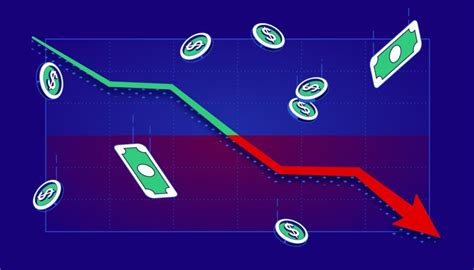Ethereum: Understanding Negative Balance Limitations
As a Bitcoin enthusiast, you’re naturally curious about the underlying mechanics of the cryptocurrency. In this article, we’ll dive into the concept of negative balances on Ethereum and explore what prevents them from occurring.
What is a Negative Balance?
In the context of digital currencies like Bitcoin and Ethereum, a negative balance refers to a situation where an account has more Ether (ETH) or other assets than it can spend. When this happens, the user’s balance becomes “negative.” Theoretically, if you have $100 worth of ETH and try to spend $101, your wallet will show that you now owe $1, which is not possible in most cases.
Why Does Ethereum Prevent Negative Balances?
Ethereum has implemented several measures to prevent negative balances. One key reason is the concept of “gas,” which is a unit of measurement for computing resources (think of it as renting computer time). Gas is used to pay for transactions and network fees. When you spend ETH, the transaction fee and gas usage are deducted from your balance.
In Ethereum’s Solidity programming language, gas costs are calculated based on a call to a contract function that includes the amount spent and a gas limit set by the developer. If a user tries to spend more ETH than their balance is available for transactions (i.e. they don’t have enough gas), the transaction will be rejected.
Another reason is that the Ethereum blockchain architecture is designed to prevent negative balances at the account level, not at the individual transaction or asset level. When you create an Ethereum wallet, it contains a certain amount of funds that are used as a buffer in case someone tries to spend more ETH than is available. This “buffer” ensures that even if multiple users try to spend excessive amounts of funds at once, the transaction will be rejected.
What About Derivatives and Lending Platforms?
While negative balances themselves are not typically an issue for individual users, there are certain scenarios where they can arise:
Conclusion

Understanding what prevents negative balances in Ethereum is essential for anyone interested in investing, trading, or using these cryptocurrencies. By understanding the basic mechanics and limitations of account balances, you can better navigate the intricacies of the digital currency markets. Keep in mind that while negative balances themselves are not typically a problem for individual users, derivatives and lending platforms may require special considerations.
Have additional questions?
© 2022 – Potenza Building Material